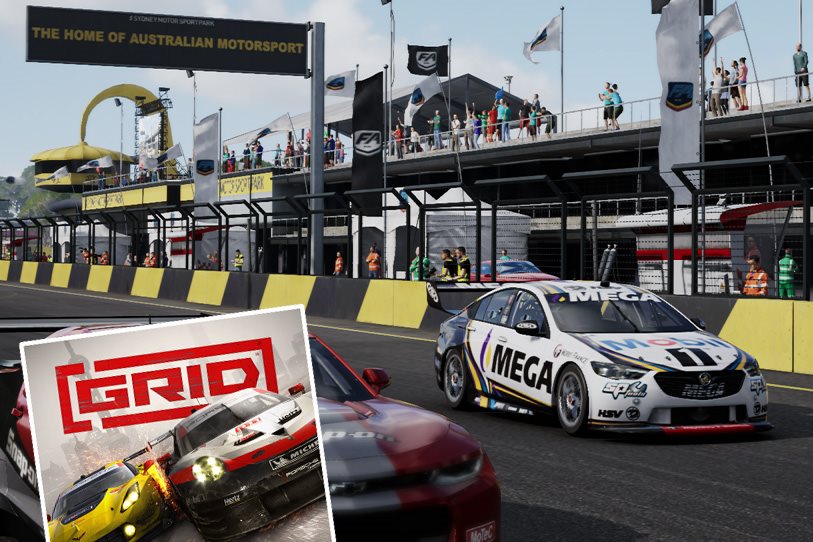
Remember the TOCA series? The classic touring car franchise was one of the finest racing games of the late 1990s and early noughties, and under the steady hand of developers Codemasters eventually evolved into the series we know today as Grid.
There’s now a fourth game in the series, somewhat confusingly called just “Grid”, and it promises the same track-focused action we know and love but with updated visuals, a few gameplay additions, new cars and new tracks.
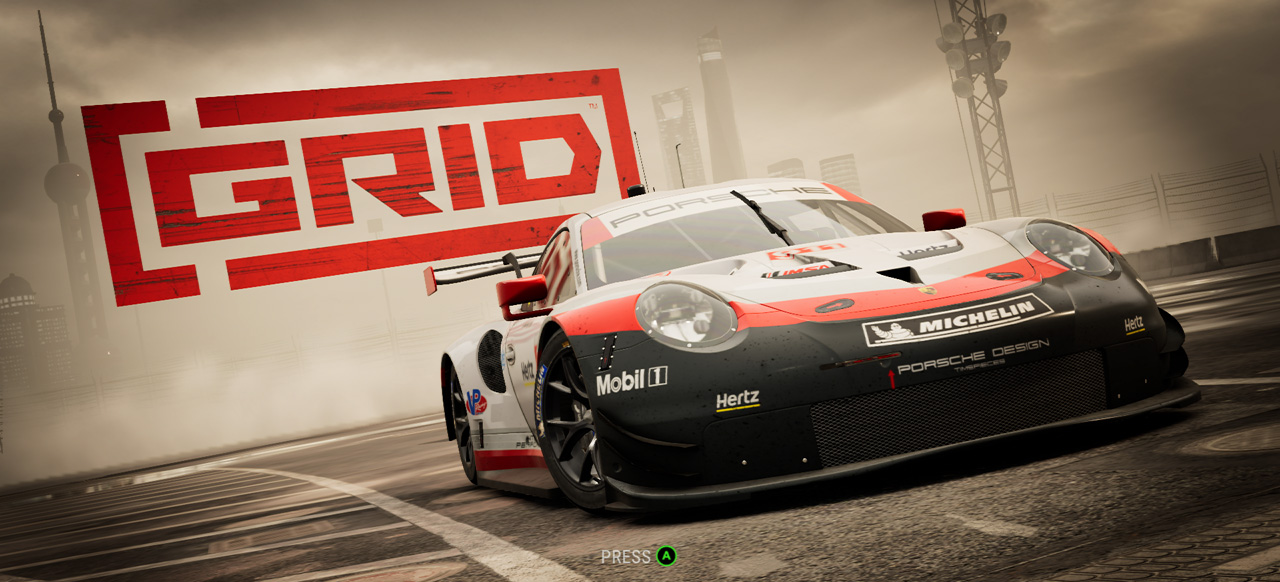
However, being neither a hardcore sim nor an outright arcade title, Grid runs the risk of being either not realistic enough or not fun enough – does it manage to thread the needle and deliver a experience that’s worth the price of entry?
What do you need to play Grid?
Grid is playable on the Xbox One, Playstation 4 and PC, and can be enjoyed with the standard gamepad or even a computer keyboard. There’s support for gaming wheels and pedals, however they’re not strictly necessary to enjoy Grid.
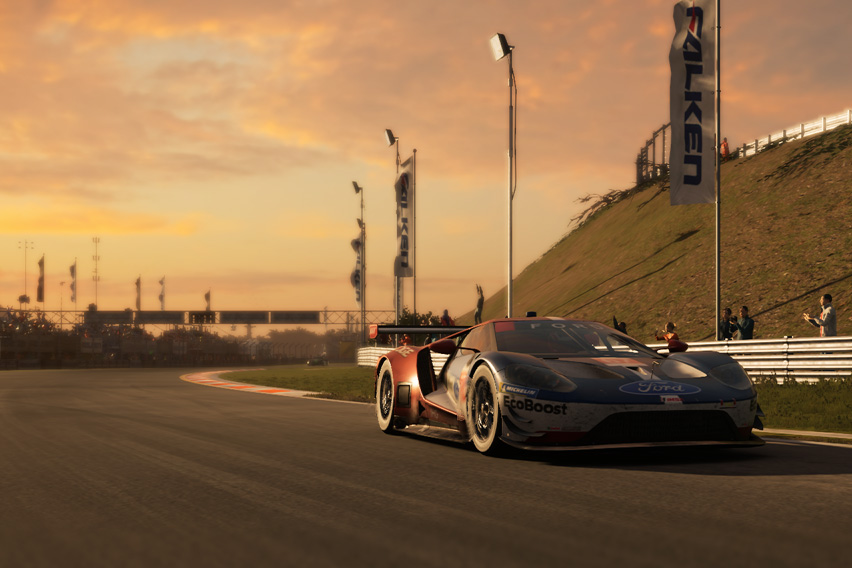
How much does Grid cost?
Grid currently retails for $69.95 for Playstation, $39.99 on Xbox and $56.95 for PC via Steam
What’s it like to play Grid?
The juicy screenshots of Grid’s GT racecars, Le Mans prototypes and TCR metal are misleading. Scope those cars, and the reasonable assumption would be that Grid is pitched squarely at motorsport enthusiasts seeking a high-def racing sim to whet their appetite for full-fidelity friction modelling, dynamic damage models and pit strategy planning.
If you’re one of those anoraks, you’re bound to be disappointed.
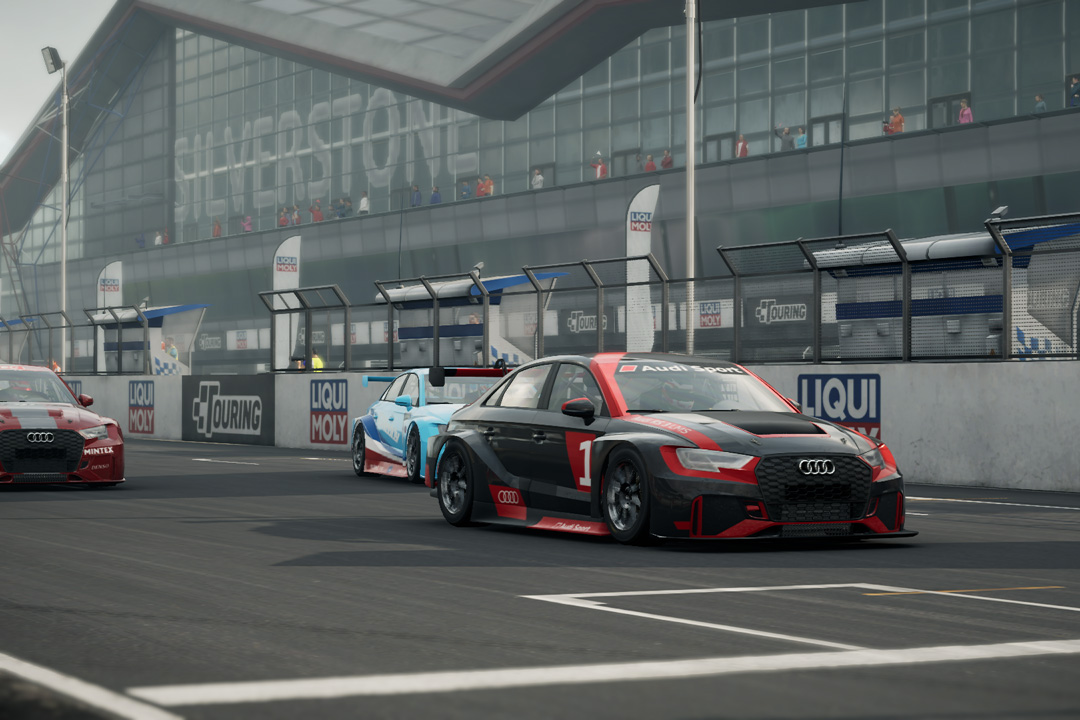
The good news is that everyone else is in for a good time, because although the expectations set by Grid’s car line-up might not match the reality of its driving experience, the gameplay on offer is just plain ol’ fun.
This is not a racing simulator, and it’s not a fluffy arcade game either. Grid aims to walk the line between being accessible for beginners while still being engaging enough even for seasoned sim-racers, and it somehow manages to achieve precisely that.
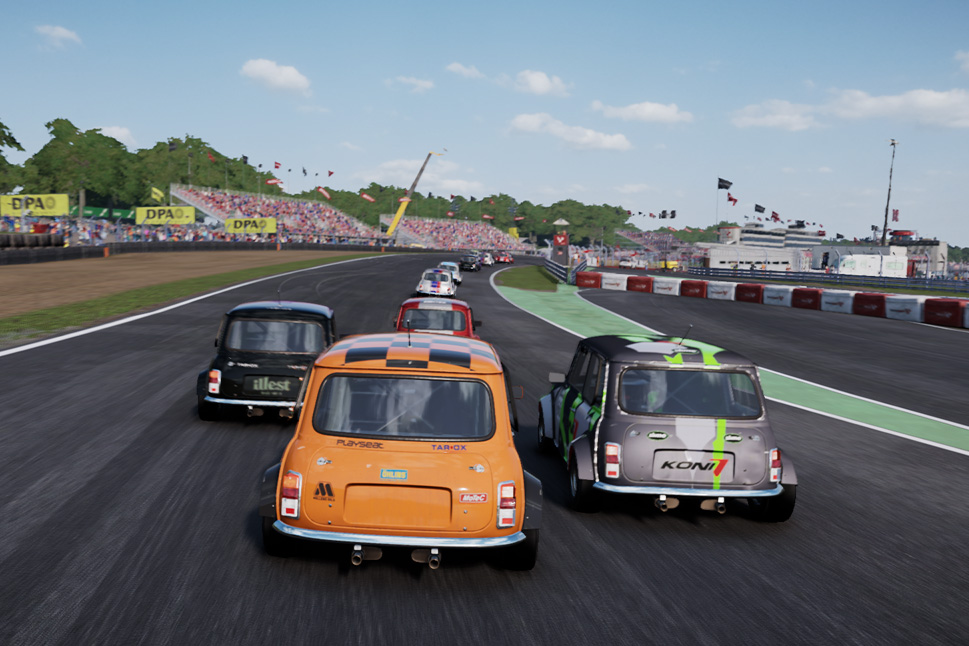
Let’s start with the core of the game – wheel-to-wheel racing against AI drivers in career mode.
The racing against AI drivers can be super-tight, especially with the difficulty turned way up. But that said, it’s not like the AI try and aggressively squeeze you out, or drive as if they simply can’t see you. If you get an advantageous line and are side-by-side in a braking zone, the AI will eventually relent if you clearly have the advantage – in other games, they’d simply slam into your door in an attempt to stay on the racing line.
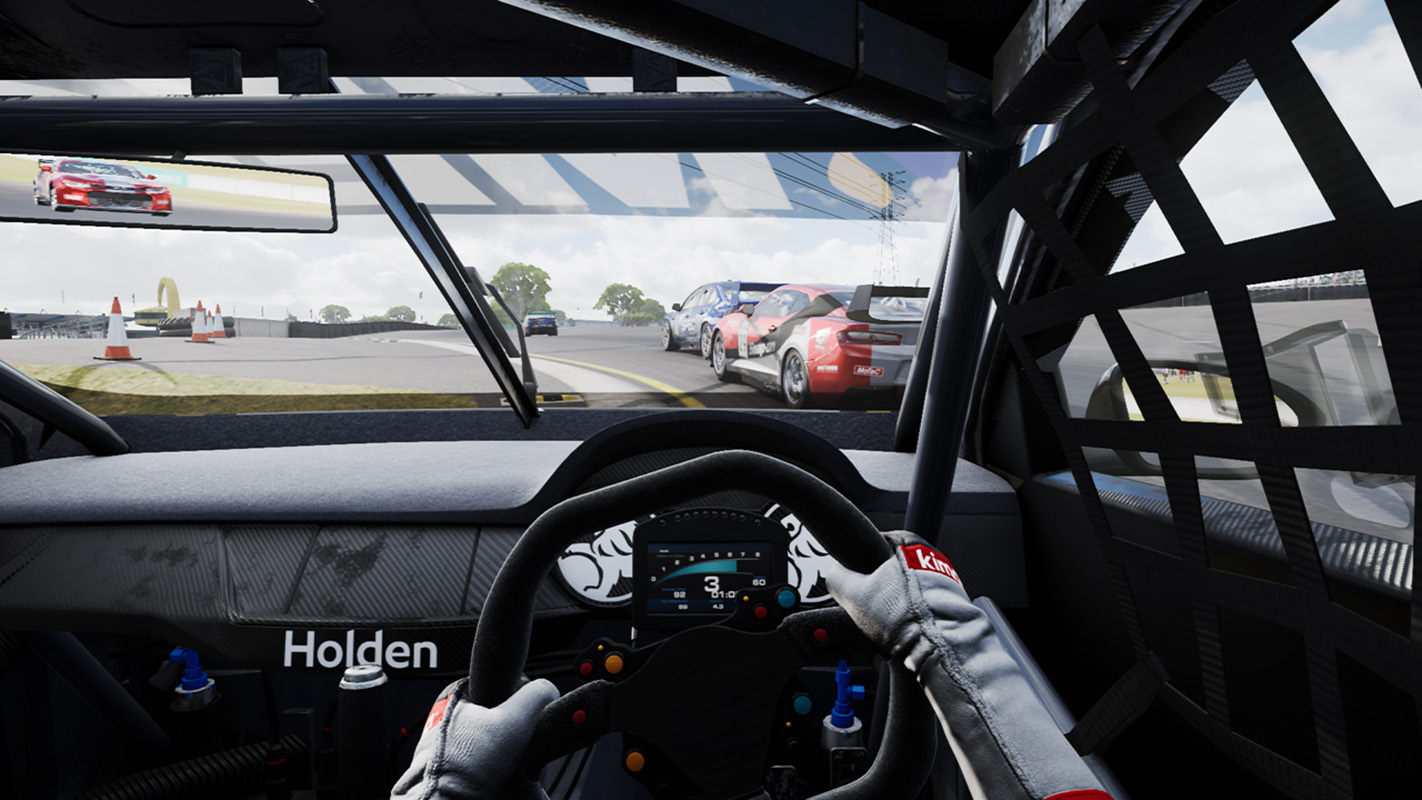
However, make contact enough times with a particular opponent and that driver will see the red mist descend, declaring themselves your ‘Nemesis’ and becoming far more hostile around you. They’ll brake-check you if you’re following them, slam into your sides if you attempt to overtake and generally do the best they can to punt you off the circuit.
It’s an interesting way to liven up races – and discourage players from pinballing off other cars – but it doesn’t seem to go far enough. We’d like to see drivers holding grudges over several rounds of the same championship, rather than forgiving your sins once the chequered flag drops.

Crank the difficulty right up, and the AI gives you a pretty decent challenge. It’s a surprisingly engaging racing game, and while it’s not a super-nerdy sim, there’s still a basic handling model that provides a modest challenge even for keen drivers. Grid will educate you on the advantages gained from taking a good line through a corner, from hitting the right apex point and being adventurous in the braking zone, and though it’s not simulation-grade you’ll still learn a fair bit about basic racecraft from playing.

There’s damage modelling, and for an extra challenge you can have it dramatically affect your car’s ability to be driven. Races are too short to really require pit stops, but if you smash into a wall hard enough you can tear tyres off their rims, destroy your suspension and rip bumpers off your race car. Better keep off the walls if you want to cross the finish line, though the cars do seem able to absorb quite a bit of punishment before things get terminal.

A rewind system is present should you wish to hit ctrl-z on a fluffed corner, however Grid’s method of giving you just five rewinds per race encourages you to drive cleaner in the first place. We like that.
Are there any downsides to Grid?
If you’re a tinkerer, then Grid might frustrate. Customising your car isn’t really a thing in Grid, whether it’s cosmetic changes to bodykits and wheels, or mechanical upgrades to your engine, suspension or driveline.
It’s obviously a deliberate effort to limit complexity and also keep every car on a fairly even pegging with their class competitors, but we’d like more than just basic adjustments to suspension, gearing and vehicle livery.
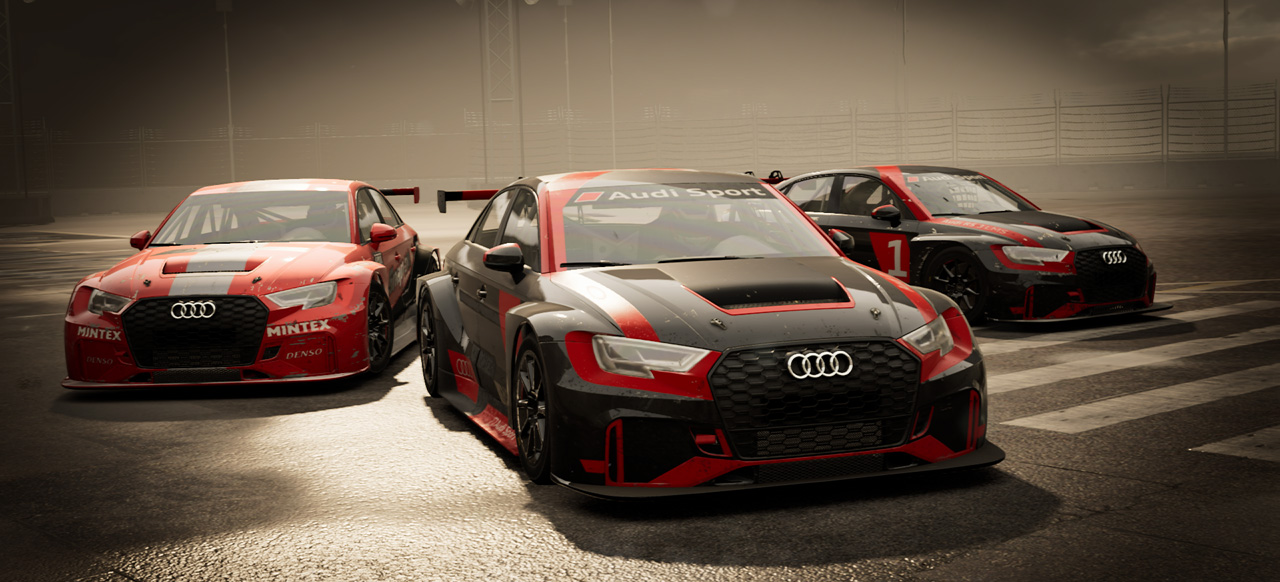
Coupled with the fairly limited selection of cars within each vehicle class, it feels as though that Grid’s vehicular menu isn’t really diverse enough to maintain long-term interest – especially as you simply aren’t allowed to put cars from one category up against cars from another. A TCR-versus-Super Modified battle would be entertaining, we think, but you just can’t do it.
There’s only a handful of tracks too, and the race roster can start to feel mighty repetitive real quick. Grid attempts to inject some variety by mixing things up with reverse configurations and short/long versions of the same track, but that just means it takes you forever to actually come to grips with a single circuit.
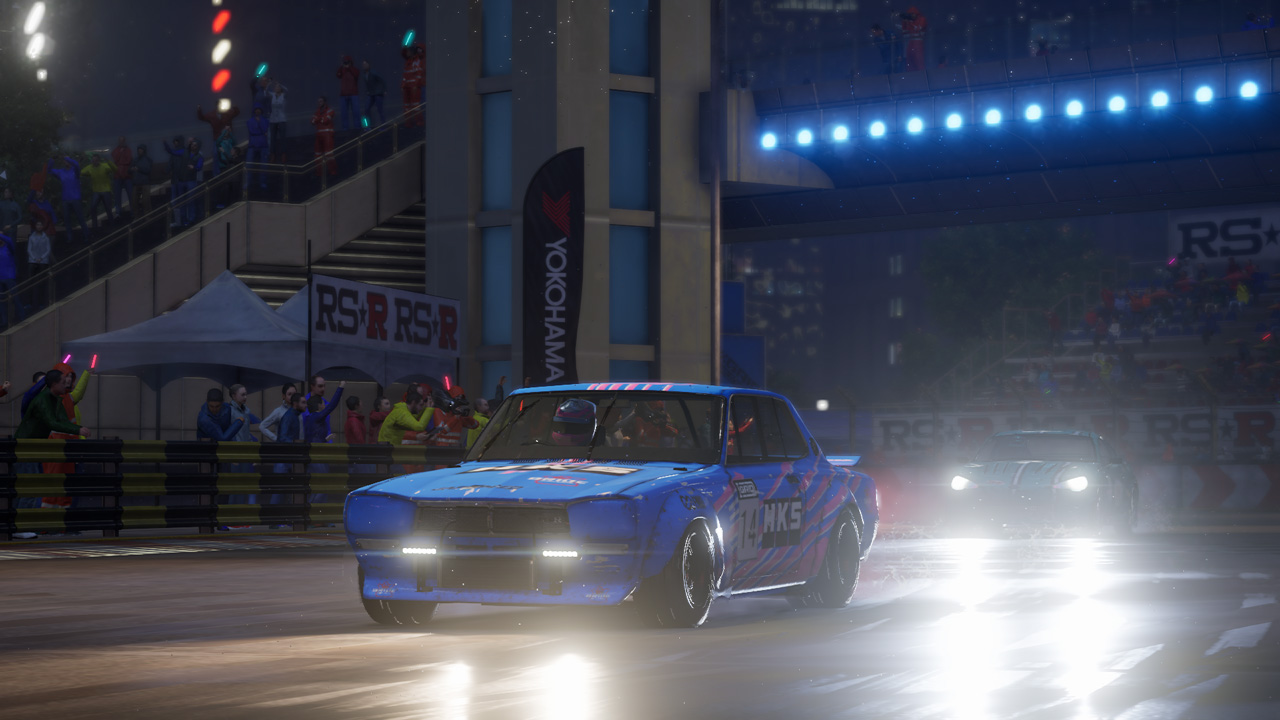
Codemasters promises more cars and tracks in DLC and running updates, but right now it’s a bit sparse in there.
Graphics aren’t what we’d call cutting-edge, at least not on the Xbox One S version we tested. Texture quality and vehicle model detail levels are generally on the low side, and dynamic shadows and other lighting effects aren’t employed to any great extent.

That said, the game looks pretty cool at night or at dusk, with rich colours and plenty of environmental animations (such as fireworks in Shanghai, or crashing waves on the Havana seafront) to distract you from your racing line. All cars also get fairly detailed in-car views as well, something that isn’t common in the sub-simulator racing game category, and cars accumulate scratches, road grime and paint chips over time though, which is a cool detail.
There’s no real scope to fine-tune the feel of a gaming wheel, neither for force feedback levels or rotation limits or wheel sensitivity. Once again, if you came to Grid expecting a high degree of customisability and fidelity, you’re going to be disappointed.
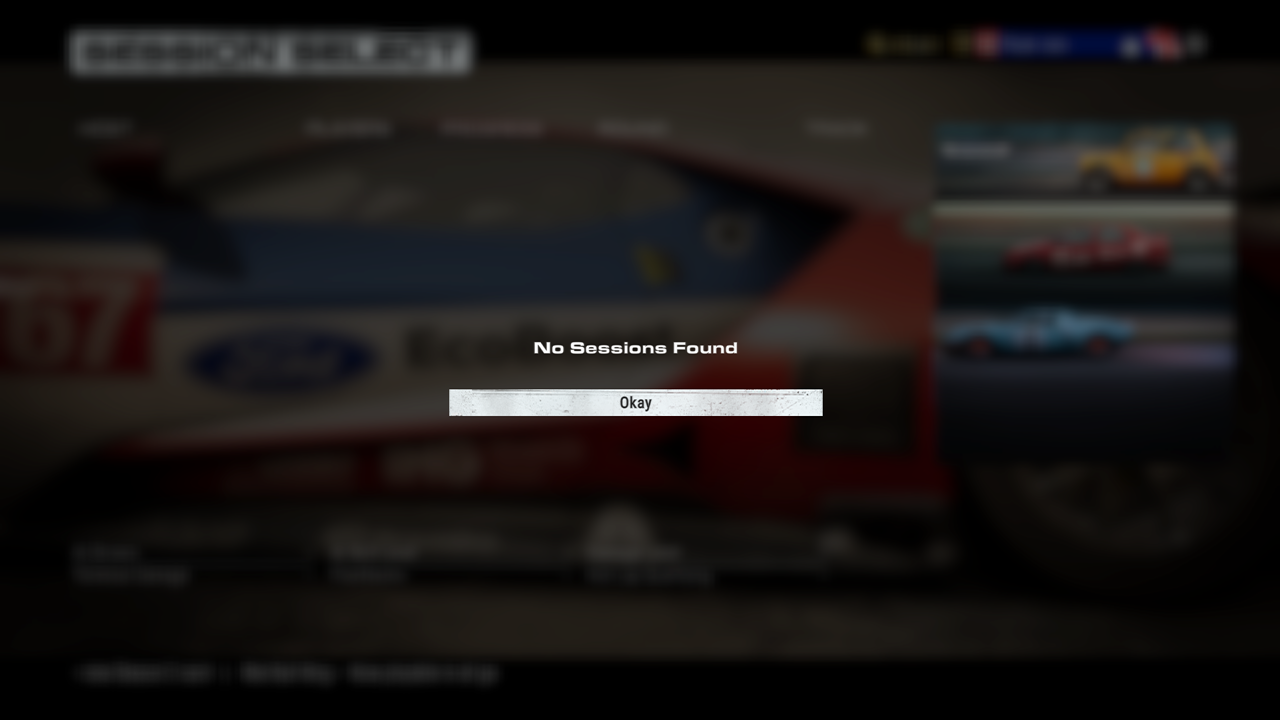
Less forgivable is the poor multiplayer experience. We tried multiple times to join a multiplayer game, but the server browser never showed us any open matches that we could hop into and the quick match option gave us nothing either.
Even starting our own public match and keeping it active for a full half-hour didn’t see any takers. We’re not sure if that’s just an issue with Australian local servers, but for now it seems that Grid’s multiplayer arena is full of tumbleweeds and little else.
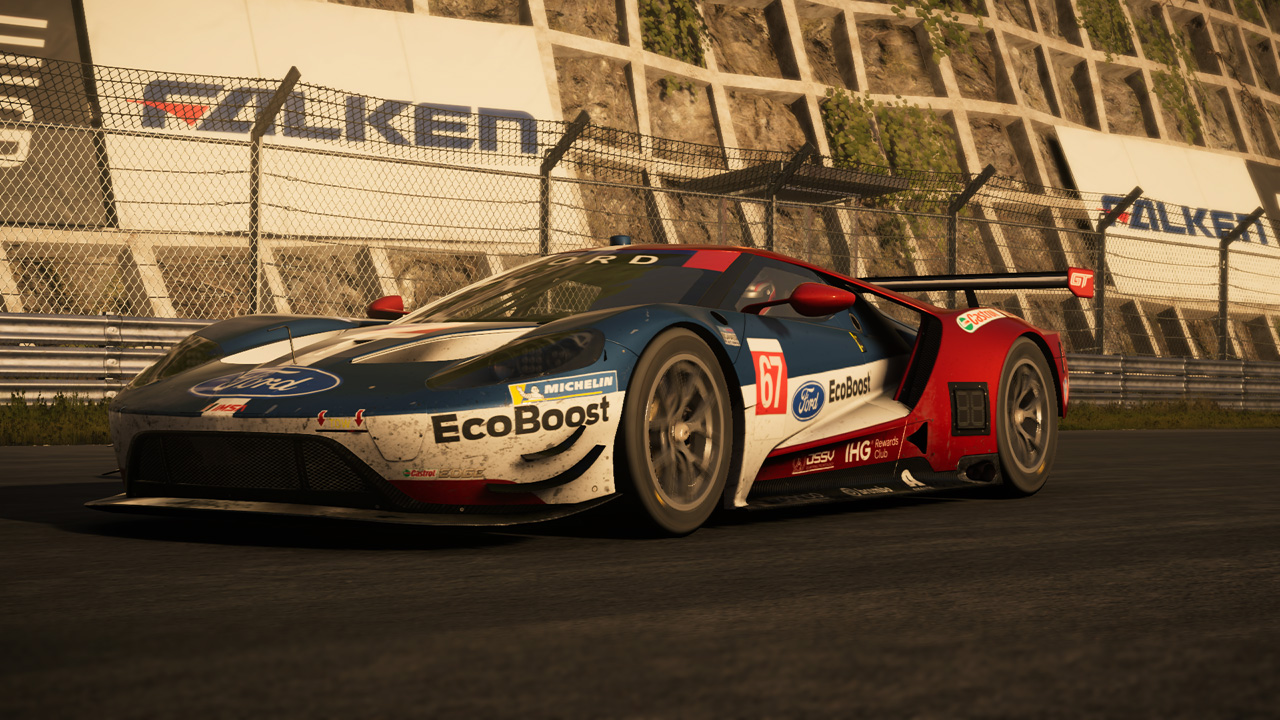
Verdict
One thing is abundantly clear – despite dwelling in the weird no-man’s land between ‘arcade fun’ and ‘gritty sim realism’, Codemasters’ Grid delivers an exceptional pick-up-and-play racing experience. It’s fun, it’s easy to jump in and get going, and it’s accessible – getting the best out of it doesn’t require heaps of fiddling in menus and pre-race planning, or heaps of practice.
However, at times it can come across as a bit of a hollow experience. The menu music is elevator-grade, the playlist of tracks is too small, the performance differences between cars are too subtle (though that does ensure close competition) and there’s no real sense that you’re ascending up through the tiers as you go through the career mode.
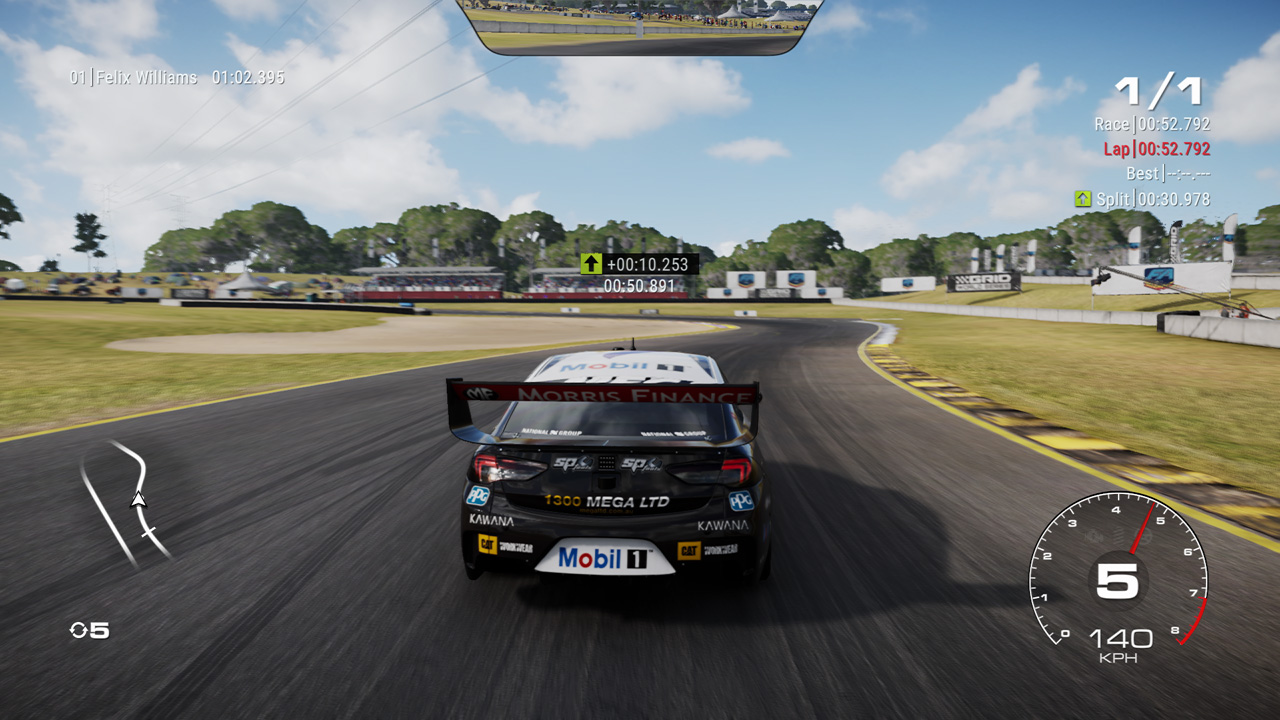
With the limited tracks on hand, it eventually starts to feel like Groundhog Day. After a while our willingness to keep playing just evaporated, as we felt we’d “seen it all”. Plus, given that the car lineup is largely centered around real-world racecars there’s a confusing over-reliance on fictional street circuits.
That may change over time, though. Codemasters says there will be additional content coming – and they’ve already added the Red Bull Ring, the Ferrari FXX, Aston Martin Vulcan AMR Pro, Brabham BT62, and Pagani Zonda Revolución, and we hope that means a bevy of cars and tracks to inject some more longevity into what is otherwise a super fun and reasonably challenging racing game.
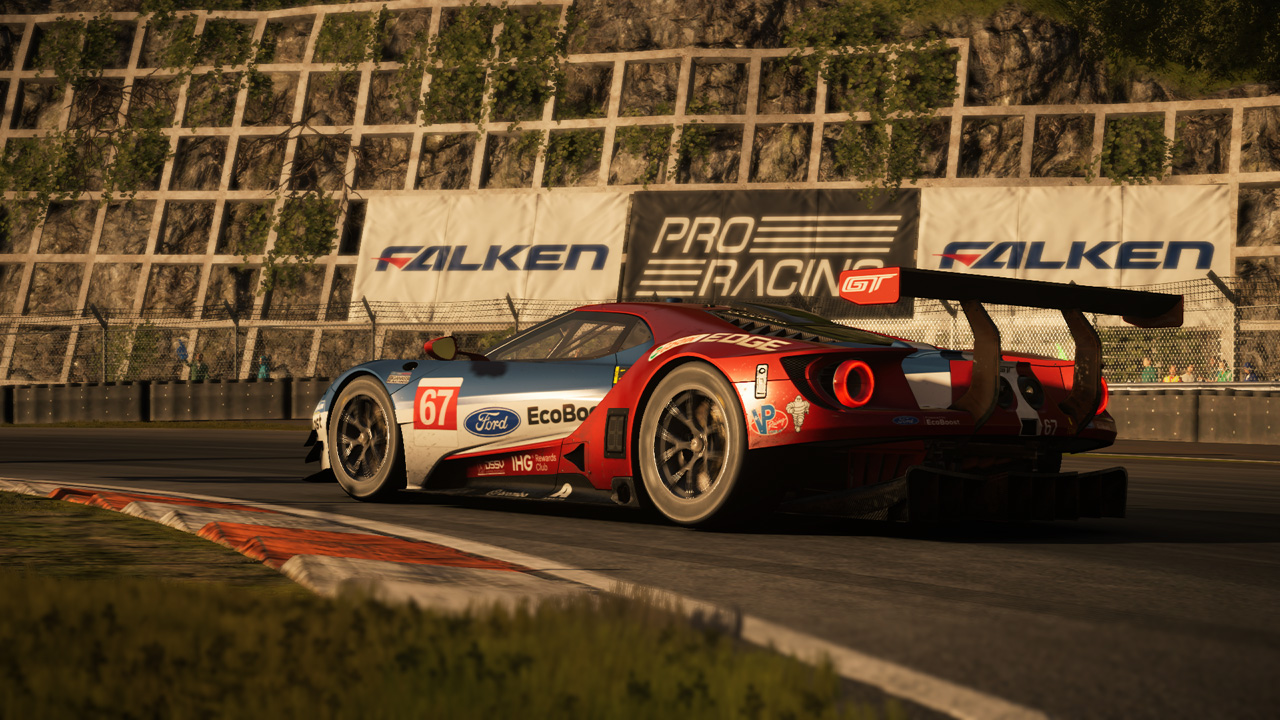
Rating: 3/5 Plus – Easy to get to grips with, great AI coding, challenging racing Minus – Nonexistent multiplayer, tiny track list, decent car variety, but split into too many sub-categories



